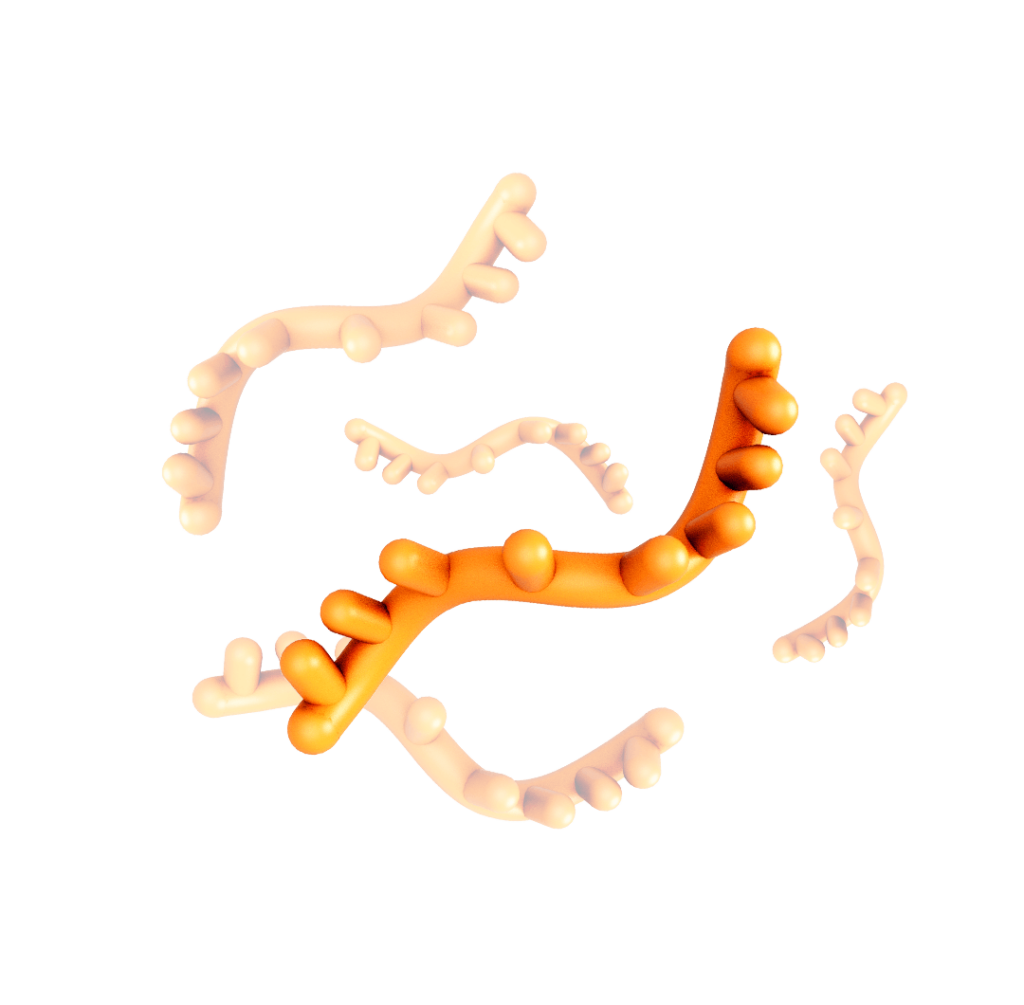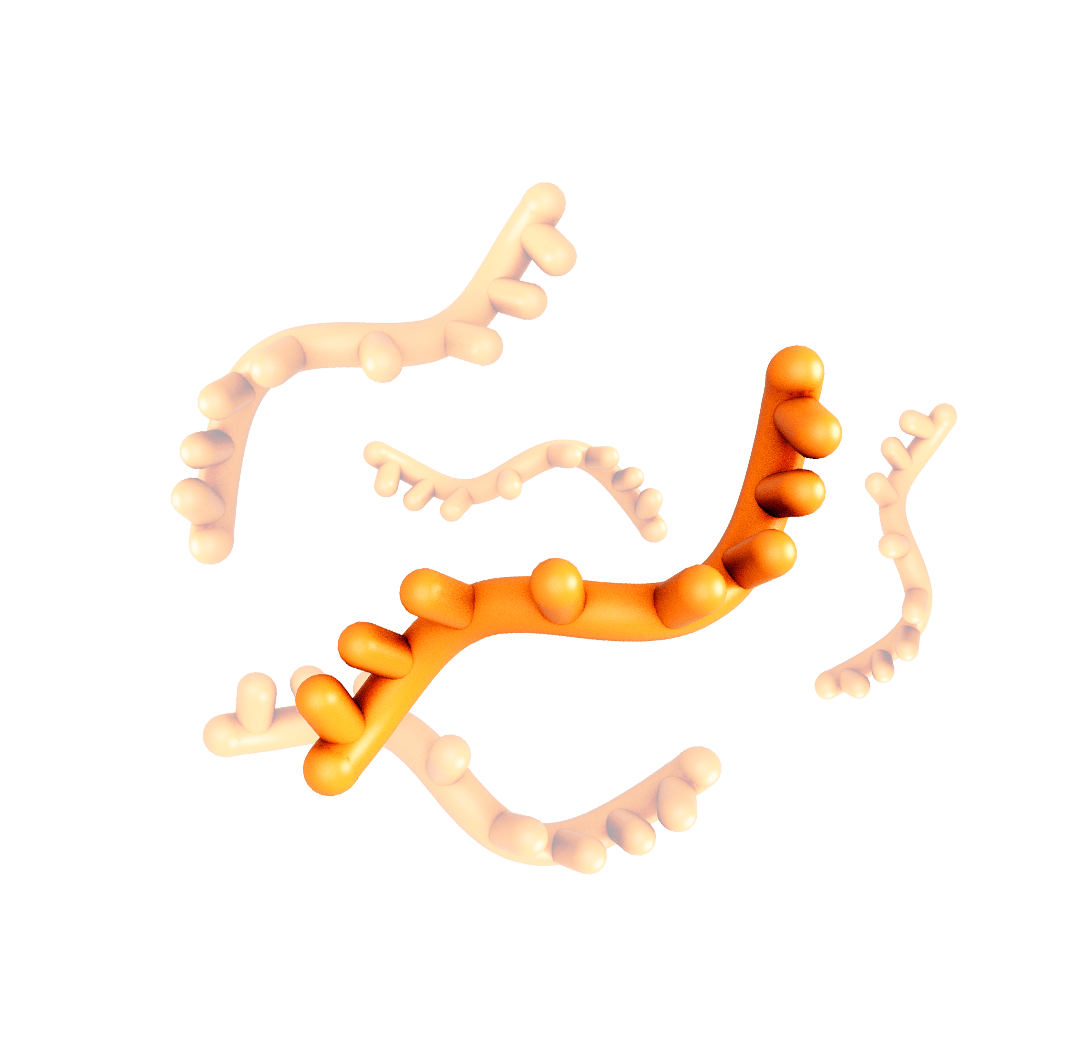The safety and efficacy of these products have not been established by health authorities. These products are investigational and have not been approved in the US or globally.
Active, not recruiting participants [ ]
Nelitolimod (also known as SD-101) via PEDD™ PVRI™ + systemic checkpoint inhibitors.
Nelitolimod via PEDD™ + systemic checkpoint inhibitors.
Learn more at clinicaltrials.gov
Nelitolimod via PEDD™ + systemic checkpoint inhibitors.
Learn more at clinicaltrials.gov
Nelitolimod via PEDD™ + systemic checkpoint inhibitors.
We believe our investigational immunotherapeutic, nelitolimod has the potential to re-activate the immune system within the liver and pancreas and enable deeper and more durable responses to other immunotherapeutics, such as checkpoint inhibitors, resulting in better patient outcomes.
Nelitolimod is in clinical development and has not been approved in the US or globally.


We believe our investigational immunotherapeutic, SD-101 has the potential to re-activate the immune system within the liver and pancreas and enable deeper and more durable responses to other immunotherapeutics, such as checkpoint inhibitors, resulting in better patient outcomes.
SD-101 is in clinical development and has not been approved in the US or globally.
We encourage you to read and evaluate terms of use, privacy, security and other similar policies of the destination site as they may differ from TriSalus’ standards.
TriSalus assumes no responsibility nor does it control, endorse or guarantee any aspect of your use of any third party sites. Additionally, the presence of this link does not imply the third party site’s endorsement of TriSalus or this website.
Thank you for visiting our site.